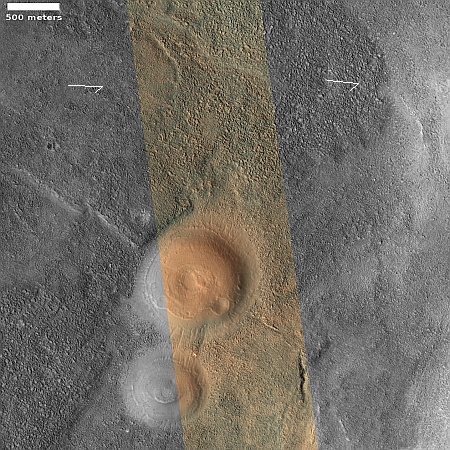The “news” outlet that slandered a 9-year-old football fan is no more

Holden Armenta in face-paint and headdress,
on his way to the Superbowl. Click for video.
Bring a gun to a knife fight: The “news” outlet Deadspin, that slandered a 9-year-old football fan for no reason other than outright hate of America, is no more, its owner G/O Media selling it to another company that immediately shut it down.
In the past few months the struggles of G/O have been well publicized, from their being forced to shutter (and later sell the rights to) Jezebel to facing down a lawsuit from the family of a Kansas City Chiefs fan who was smeared as ‘racist’ for wearing what they called ‘blackface’ to a game by Deadspin.
Well, apparently Deadspin has proved to be more trouble than it’s worth to the suits at G/O, because today it was announced that they’d sold the property to European firm ‘Lineup Publishing’… who have no interest in retaining any of the current Deadspin staff.

Holden Armenta in face-paint and headdress,
on his way to the Superbowl. Click for video.
Bring a gun to a knife fight: The “news” outlet Deadspin, that slandered a 9-year-old football fan for no reason other than outright hate of America, is no more, its owner G/O Media selling it to another company that immediately shut it down.
In the past few months the struggles of G/O have been well publicized, from their being forced to shutter (and later sell the rights to) Jezebel to facing down a lawsuit from the family of a Kansas City Chiefs fan who was smeared as ‘racist’ for wearing what they called ‘blackface’ to a game by Deadspin.
Well, apparently Deadspin has proved to be more trouble than it’s worth to the suits at G/O, because today it was announced that they’d sold the property to European firm ‘Lineup Publishing’… who have no interest in retaining any of the current Deadspin staff.









